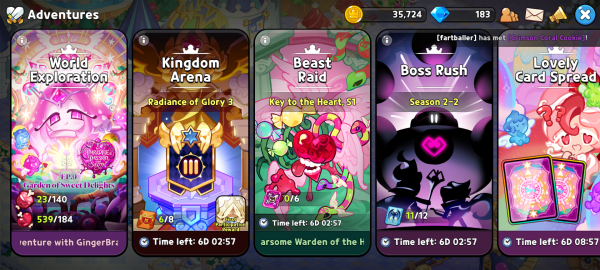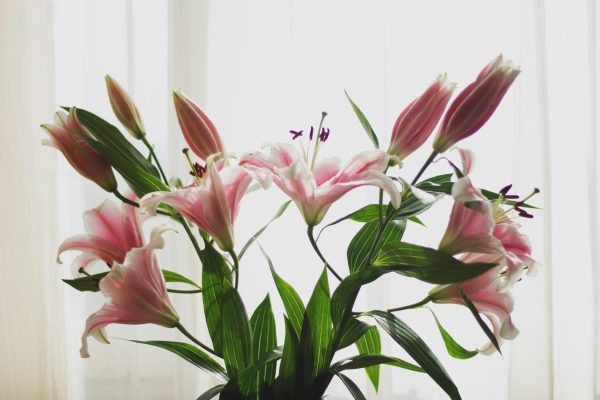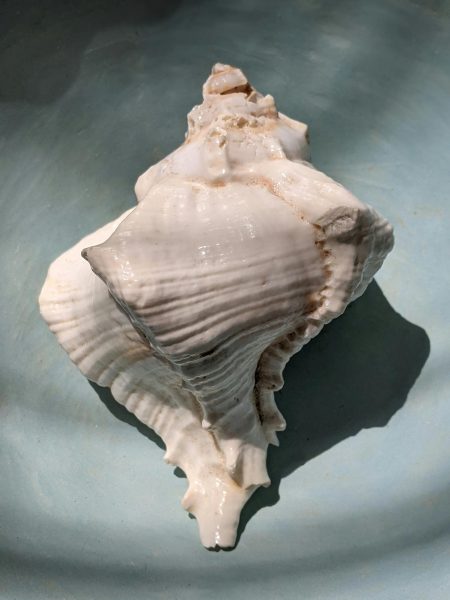The History of Christmas Trees and Other Decorations
It’s Christmas time! Tis the season for snow, hot chocolate, peppermint flavored treats, and holiday cheer. At this point, Christmas is the bright light at the end of the dark tunnel that is 2020. I’m sure that I am not the only one looking forward to the holiday season. The break from work and school is very much needed, more so than usual this year. Anyway, Christmas offers a time to create amazing memories with friends and family each year. This could involve something simple such as decorating the tree with family or stringing lights and decorating with friends. But where did these traditions and decorations come from? In this article, I will be taking you through the history and evolution of Christmas trees and a few other festive decorations.
Christmas trees are a very common addition to the holiday season today. It’s always fun to put ornaments on the tree with family, whether the tree is real or fake. The history of these trees is actually a lot more interesting than one might think. Their history dates back to Ancient Egyptian and Roman times when people would hang evergreen boughs over their doors in winter to symbolize the hope and promise of the coming spring. In many countries the evergreens were also believed to keep illness and evil spirits away as well.
However, Christmas trees as we know them today didn’t come around until the 16th century. Germany is credited with beginning this tradition when Christians brought decorated trees into their homes. There is a widely held belief that the Protestant reformer Martin Luther was the first to put lighted candles on a tree in his home. Eventually, the use of a Christmas tree spread throughout parts of Europe and made its way to America. Americans at the time, however, rejected the Christmas tree and saw it as a pagan symbol as late as the 1840s. In the 1890s, ornaments arrived from Germany to the U.S., and Christmas tree popularity spiked. Electricity made it possible to make the trees glow with lights, and since then, trees have been an important part of Christmas in America. (Fun fact: Christmas trees can take an average of six to eight years to mature!)
Tinsel was also created in Germany. It actually used to be a status symbol. Back then, tinsel was made with real silver, and it displayed the people’s wealth when they decorated their trees with it. Cheaper materials soon replaced silver to make tinsel more widely available. Today, it is mainly made out of polyvinyl chloride. There is also a tale that suggests how tinsel was first created, and that is by the Christmas Spider. There are slightly different versions of the story, but they all have a family that can’t afford to decorate a tree for Christmas. On Christmas Eve, after the kids go to bed, a spider covers the tree in cobwebs. When the children wake up in the morning, the cobwebs have been turned into strands of gold and silver that decorate the tree. Some versions of the story say that the sun transformed the webs while other versions say it was the power of Santa Claus. Either way, the story is an interesting one.
The final decoration I will be talking about is tree ornaments. Originally, when Christmas trees first became a part of the holidays, they were decorated with candles, nuts, and berries. Sometime in the late 1840s, Queen Victoria and her husband, Prince Albert, and their children were depicted around a decorated tree. The Queen’s influence soon caused wealthy Americans to get on board and decorate their own trees with ornaments. Businesses soon caught on to the growing potential of ornaments, one of them being Woolworth’s Department Store in America. By 1890, they were selling $25 million worth of German imported ornaments.
In conclusion, there are many different Christmas decorations that have come a long way. No matter what all the decorations have gone through, they all add up to make Christmas one of the most exciting holidays. So, go be festive and enjoy the time spent with your loved ones. Decorate with them and know that each decoration makes the holidays that much brighter.

Tori is a senior and a second year Crimsonian member. She participates in student council, Concert Choir, Ars Nova and is a member and officer of National...





